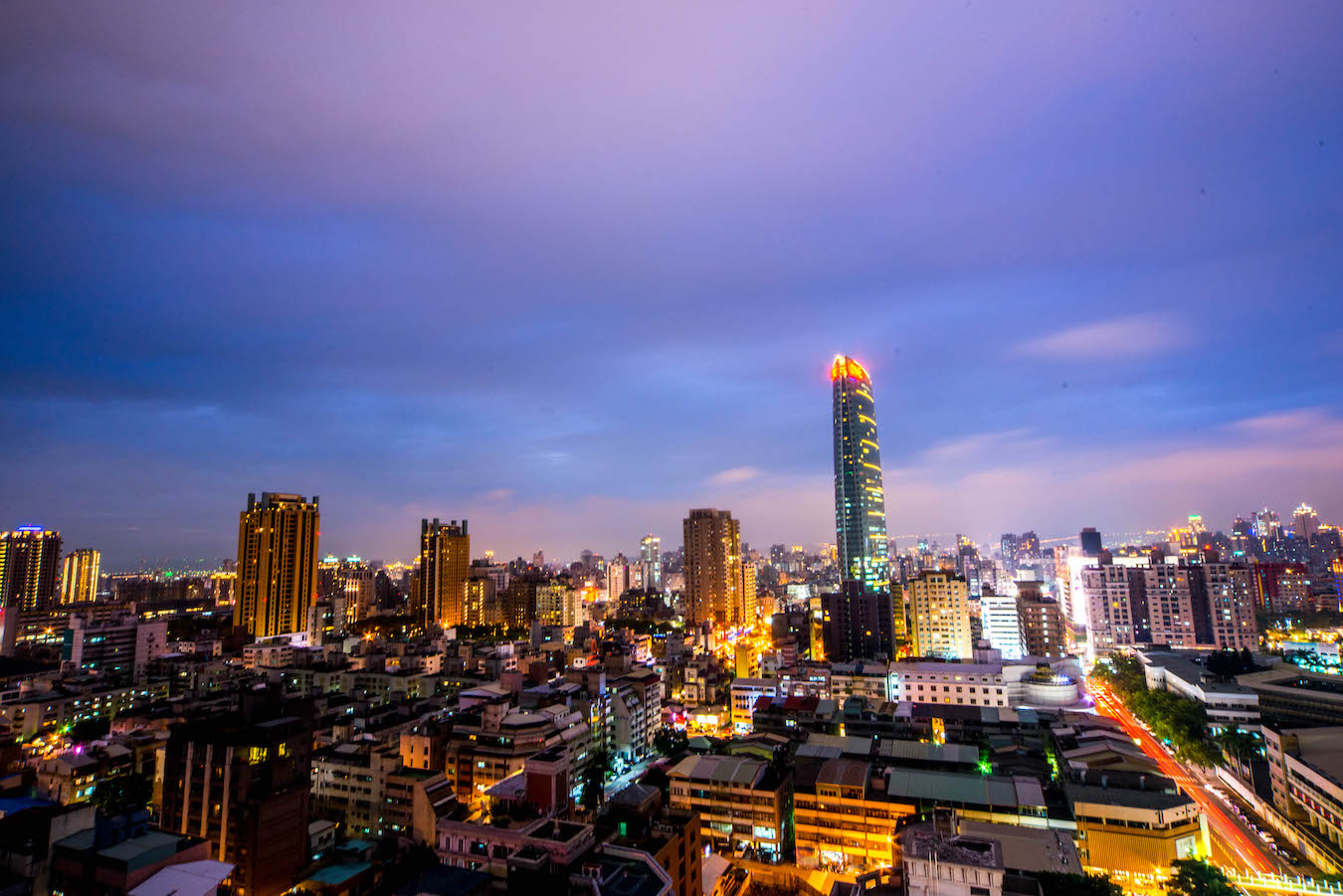by Brian Hioe
語言:
English
Photo Credit: HSIAO, WEN-CHIEN/WikiCommons/CC BY-SA 4.0
TAIWAN IS SET to see significant changes to migrant worker regulations in the coming months, with a flurry of changes having been discussed.
First, Taiwan is in the process of negotiating with the Indian government to allow migrant workers from India, with a draft Memorandum of Understanding having been written. Reportedly, Taiwan is interested in migrant workers from northeastern India in particular, with the perception that they would more be able to fit into Taiwanese society, and who would work in the construction, agricultural, and manufacturing sectors. Taiwan is also interested in Indian tech workers.
Trade between India and Taiwan has increased significantly in past decades, going from 1.19 billion USD in 2001 to 6.4 billion USD in 2022. Ties have also warmed between the Taiwanese and Indian governments under the Tsai administration, with a bilateral trade agreement inked in 2018, and two Indian parliamentarians traveling to Taiwan in 2020.
This dovetails with rising tensions between India and China, such as regarding border disputes. This led to clashes in June 2020 in Galwan Valley, with at least 20 Indian soldiers and 4 Chinese soldiers killed, and clashes involving hundreds of troops in December 2022, though no were killed. In the past, Taiwanese government officials such as Minister of Foreign Affairs Joseph Wu and President Tsai Ing-wen have tweeted in support of India during incidents in which the Chinese government emphasized its One China Principle to the Indian government.
Blue-collar migrant workers in Taiwan mainly hail from four countries: Indonesia, the Philippines, Thailand, and Vietnam. It is to be seen if Indian workers will become the latest nationality in which there are blue-collar migrant workers present in Taiwan in the hundreds of thousands.
To this extent, Taiwan is set to raise quotas for migrant workers in the manufacturing, construction, agriculture, and long-term care sectors.
This applies in a number of ways. For example, companies in the seafood processing, tofu producing, and shipbuilding industries will now be allowed to hire up to 20% migrant workers of their total workforce, which is up from 15%. Grade A, B, and C construction companies, too, can hire up to 30% of their workforce from migrant workers, if they fulfill certain criteria, and private construction companies that were previously not allowed to hire migrant workers can hire up to 8,000 migrant workers, which can be increased to 15,000 if conditions are met.
 Photo credit: 曾 成訓/WikiCommons/CC BY 2.0
Photo credit: 曾 成訓/WikiCommons/CC BY 2.0
Companies in the agricultural sector can hire up to 12,000 migrant workers, which is up from 6,000. Companies larger than ten employees are limited to migrant workers as 35% of the workforce, while companies with less than ten employees can have a 1:1 ratio of migrant workers to local workers, with there having long been complaints from small farmers about inadequate manpower and difficulty applying for hiring migrant workers.
With payment of a security fee to the Employment Security Fund, many of these fields can increase the percentage of their workforce who are migrant workers to 40%. Yet these have to be companies carrying out work that is classified as “3D”—“dirty, dangerous, and demeaning”—by the government. “3D” is a government classification for certain occupational fields.
The construction industry has already become highly dependent on migrant work in past years, in that migrant workers take on the “3D” tasks that Taiwanese themselves do not want to carry out. Nevertheless, the construction and agriculture industry has come to draw on a floating population of undocumented migrant workers due to the imposition of such quotas. The Taiwanese government may be trying to regulate this reliance on undocumented migrant workers.
Rules for hiring migrant domestic caregivers will also be loosened in coming months, in that a doctor’s assessment for the Barthel index will no longer be required for hiring migrant caregivers. This is probably a move linked to the Taiwanese elections, seeing as opposition candidates from the pan-Blue camp such as KMT presidential candidate Hou You-yi proposed the idea, before it was acted on by the Taiwanese government–likely aiming to take the wind out of their sails.
The Taiwanese government, too, has announced that it will open the hospitality industry, regarding cleaning and housekeeping, to migrant workers going forward. This follows after requests from the hospitality industry that the government open up the sector to migrant workers. Details are still being finalized on this plan, but this will prove to be a significant development when historically, migrant worker has been limited to construction, agriculture, forestry, fishing, and domestic care since Taiwan began to allow for blue-collar migrant work in 1992–even if domestic workers that took place of the elderly often had to carry out tasks such as cleaning, cooking, and housekeeping.
These changes could stand to reshape migrant work in Taiwan. At the same time, it is to be seen whether the broker system continues to place migrant workers in debt bondage to the brokers that arrange for their transportation to and from Taiwan, as well as their employment in Taiwan. Likewise, it is unclear whether limits ensuring that all but a few migrant workers in Taiwan can stay beyond 14 years in Taiwan are lifted for all except a few workers classified as “intermediate skilled manpower” by their employers, or whether Taiwan still refuses to contemplate the possibility of immigration.

